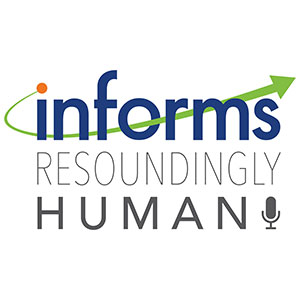
What a divided Nebraska town shows about mail-in voting
In 2020, rural Emerson saw significantly higher turnout on the side of town where all voters cast ballots from home

BALTIMORE, MD, May 24, 2025 – Most anti-human trafficking efforts focus on breaking up sex sales; however, new research in the INFORMS journal Manufacturing & Service Operations Management is turning its attention to where trafficking truly begins – recruitment. Using machine learning to analyze millions of online ads, researchers at the University of Pennsylvania have uncovered patterns that link deceptive job offers to sex trafficking networks. By mapping the connections between recruitment and sales locations, the study reveals a hidden supply chain – one that can now be exposed and interrupted earlier in the trafficking process.

Drugs being explicitly developed to treat rare diseases are getting more expensive.

Old technology is behind the recent ongoing delays and cancellations at Newark Liberty International Airport, but newer technology will be an important part of the solution.
An audio journey of how data and analytics save lives, save money and solve problems.


Jeff Cohen
Chief Strategy Officer
INFORMS
Catonsville, MD
[email protected]
443-757-3565
Explore our resources for multiple topics including:

In 2020, rural Emerson saw significantly higher turnout on the side of town where all voters cast ballots from home

Glance out at the ocean near the Port of Long Beach and the view may look different than it did earlier this year – where are all the cargo ships?

Ebola has surfaced in Uganda, forcing the country to lockdown two districts to reduce the risk of virus spread. The question is, can it reach the United States?

Dr. Sheldon H. Jacobson from the University of Illinois answers the question: should we be concerned about Ebola?

As fall and winter approach, many nurses are wondering what to expect. Find out what experts in epidemiology, healthcare supply chains, and frontline workers predict for the rest of the year.

OR/MS Today is the INFORMS member magazine that shares the latest research and best practices in operations research, analytics and the management sciences.
Access OR/MS Today Magazine
Analytics magazine showcases articles and research reports based on big data, AI, machine learning, data analytics and other new-age technologies.
Access Analytics Magazine